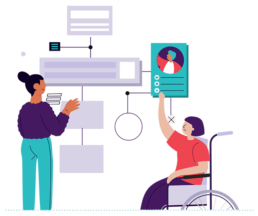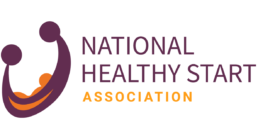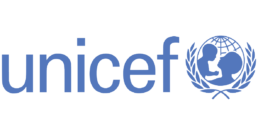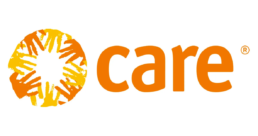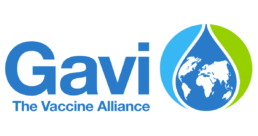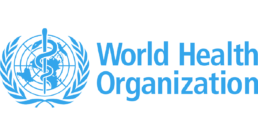
Employ this approach to connect measurement and strategy
A common mistake we see organizations make when measuring impact is viewing measurement as disconnected from strategy. It’s difficult to show impact without defining the problem that’s being solved. Upfront Thinking can help.
We start the process by askingthree key questions:
- What’s the problem you’re trying to solve?
- What’s your role in the solution?
- How will you know when you’re making progress?
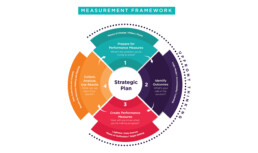


Identify the big problem and potential solutions to solve it
A theory of change shows how a desired change is expected, with all of the possible pathways leading to change, and why you think they lead to change. When planning an intervention, theory can guide decisions about design and set up hypotheses to test over time.
EXAMPLES
Social Ecological Model
Applied Examples: Healthy People 2030 CDC Violence Prevention
Transtheorical Model
Applied Examples: Smoking Cessation Nutritional Interventions in Adolescents
Diffusion of Innovation
Applied Examples: COVID-19 Vaccination Fertility Transition


Identify the big problem and potential solutions to solve it
A theory of change shows how a desired change is expected, with all of the possible pathways leading to change, and why you think they lead to change. When planning an intervention, theory can guide decisions about design and set up hypotheses to test over time.
EXAMPLES
Social Ecological Model
Applied Examples: Healthy People 2030 CDC Violence Prevention
Transtheorical Model
Applied Examples: Smoking Cessation Nutritional Interventions in Adolescents
Diffusion of Innovation
Applied Examples: COVID-19 Vaccination Fertility Transition

Identify what you’ll measure with the resources you have and how you’ll monitor and evaluate success
A Logic Model zooms in on the specific pathway that your program will tackle. A logic model portrays a neat, orderly structure for a particular pathway of change, which makes it easier to monitor program implementation.
EXAMPLES


Identify what you’ll measure with the resources you have and how you’ll monitor and evaluate success
A Logic Model zooms in on the specific pathway that your program will tackle. A logic model portrays a neat, orderly structure for a particular pathway of change, which makes it easier to monitor program implementation.
EXAMPLES
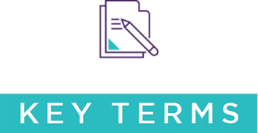
Impact: The longer-term, bigger development issue to address. Some donors refer to impact as ‘Goal’ or ‘Objective.’ Outcomes: The central purpose of the project. Outcomes can be broken down by short-term, intermediate, or long-term outcomes. Outputs: The deliverables resulting from project activities (knowledge, attitudes, skills, products, goods, and services). Activities: The main tasks to be completed for an output to be achieved (e.g., the number of people who need to be reached or the number of clinics to be opened). Some donors refer to activities as ‘Processes,’ ‘Interventions’, or ‘Strategies.’ Inputs: Some donors ask for Inputs rather than 'Activities'. Inputs are resources that are transformed into outputs. Indicators: Performance indicators that signal achievement throughout a project. They define success and add clarity to outcomes.

